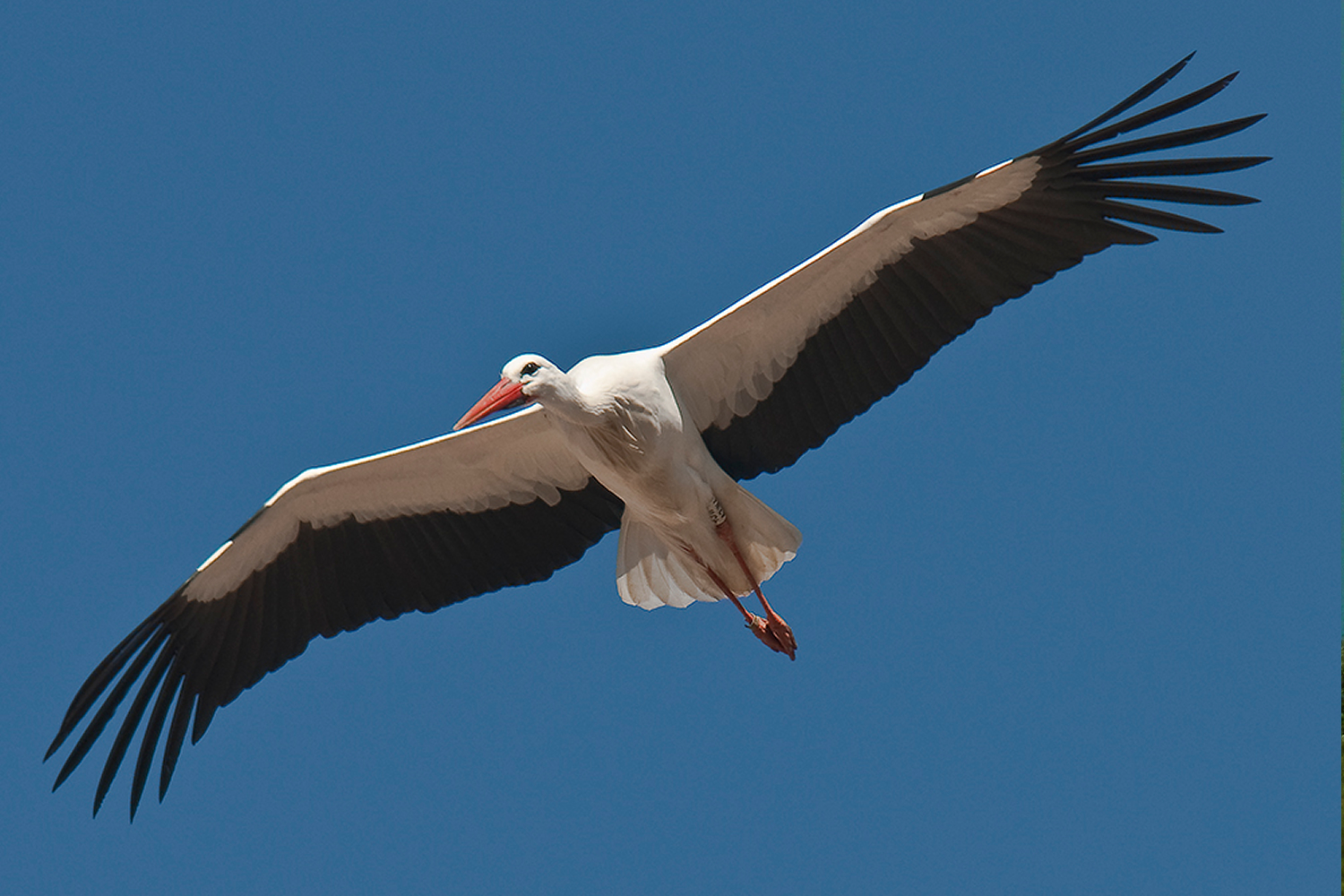
- Discover Madrid
- To see and do
- For you
- Accommodation
- Plan your Trip
- Professionals

Things to do in madrid
iconic places in madrid
Itineraries in Madrid
sights in madrid
top attractions in madrid
museums in Madrid
Tourism in Madrid

BIRD WATCHING
The region of Madrid is a region of contrasting landscapes, biodiversity and natural spaces of high ecological interest.
39.9% of its surface is protected thanks to a great diversity of ecosystems and habitats (high mountains, pine forests, meadows, pastures and riparian forests). The presence of about 240 species of birds (of the approximately 400 in Spain) with key species such as the Imperial Eagle or the Black Vulture, and the declaration of the Guadarrama National Park, give the region a great potential as a quality ornithological destination.
The Mediterranean Forest: The Domains of the Iberian Imperial Eagle
In Madrid this habitat can be observed in all its splendor in large areas of the region. For this reason, one of the best populations of Iberian imperial eagles in the world is preserved here, which, despite being one of the most endangered birds of prey on the planet, has pairs nesting just a few kilometers from the capital.
In addition to the Iberian imperial eagle, Madrid offers opportunities to observe other species that will make the "birdwatcher" happy; black stork, booted eagle, black kite and red kite, red-necked nightjar, eagle owl, scops owl, scops owl, dartford swallow, bee-eater, dartford warbler, blackcap, among many other species and all this in a unique landscape environment.
The Mountain: In search of the Bluethroat
It is above the growth limit of the trees, among the scrub and mountain pastures, where we can discover the beautiful blue-breasted nightingale, when in spring the males engage in a singing and displaying competition from the top of the scrub.
The mountain areas are home to a large number of species, some like the red rock thrush, the alpine pipit or the greenfinch prefer the higher areas covered by grasses or rocky areas, while others like the autillo, the oriole, the crossbill, the crossbill, the crested tit or the pied flycatcher, prefer the forests that extend along the slopes. The presence of birds of prey is also remarkable, such as the black vulture and the griffon vulture, the golden eagle, the booted eagle, or the red kite, among others.
Steppes: The Winged Giants of the Plains
It is on the broad cultivated plains that flocks of bustards find a place to live. Watching the nuptial stopover of dozens of males, displaying themselves in the spectacular "wheel", is one of the great ornithological spectacles that should be seen at least once in a lifetime.
The same fields where the bustards roam are home to other species equally adapted to living in steppe environments. Birds such as the Montagu's harrier, the lesser kestrel, the little bustard, the Iberian sandgrouse and the black-bellied sandgrouse, the calandra lark, the Crested Lark and the Crested Lark, or the common ground-tyrant populate the open areas of the region. Areas covered by low scrub or small rocks are good places to look for the Dartford Warbler or the curious Black Wheatear.
Wetlands and Riveras: A Blue Spot on the Shore
Although natural lagoons are very scarce in the region, the proliferation of gravel pits has given rise after their abandonment to a large number of "artificial lagoons" that have been rapidly occupied by various aquatic species.
The rivers, thanks to their permanent humidity, become refuges of biodiversity as they flow through territories subjected to severe summer drought.
It is among the dense marshy vegetation of lagoons and gravel pits, where a unique bird, the Purple Gallinule, appears before our eyes, showing off its spectacular metallic blue plumage in contrast to its thick beak and robust red legs.
In the groves that surround the rivers and lagoons is frequent the moscón bird, among an endless number of small birds. The lagoons are frequented by the little bittern, the calamon, the marsh harrier, the great crested grebe, the black-necked grebe and the reed warbler. Anatidae such as the spoon-billed spoonbill or the scarcer ruddy duck, among many others, can be seen in the wetlands of the region, with the brown pochard being a sporadic visitor to these environments.
Urban Parks: Trees that Hide Wildlife
The Urban Parks present a varied and surprising avifauna, where in addition to an endless number of small birds, we can locate diurnal birds of prey that are attracted by the abundance of prey such as the goshawk, the sparrowhawk or the kestrel as well as nocturnal birds of prey such as the little owl and the scops owl.
Madrid goes on the road
Visit one of the 28 Ornithological Routes designed on the Network of Livestock Trails, which run through the different ecosystems. To enjoy it more completely download the Ornivias app.
More information: